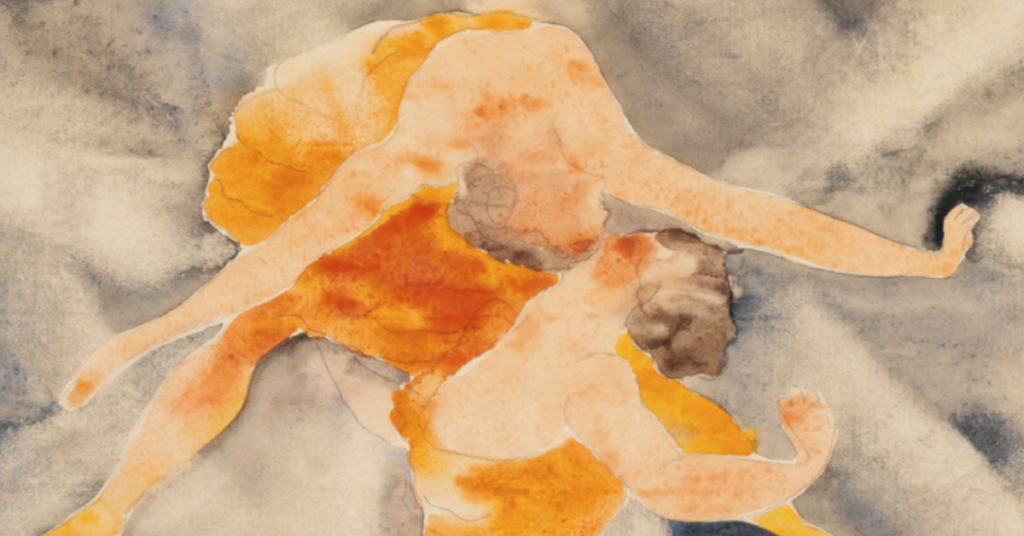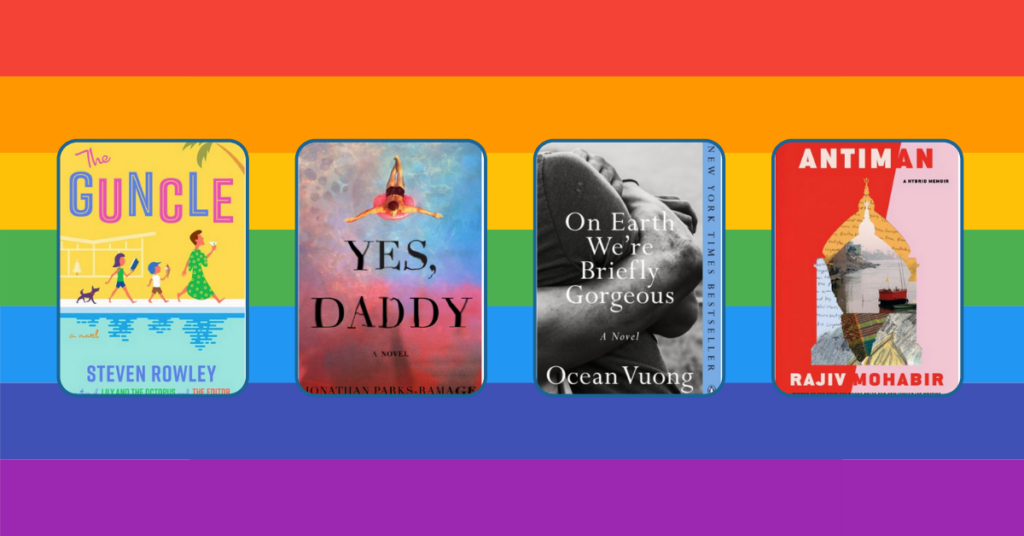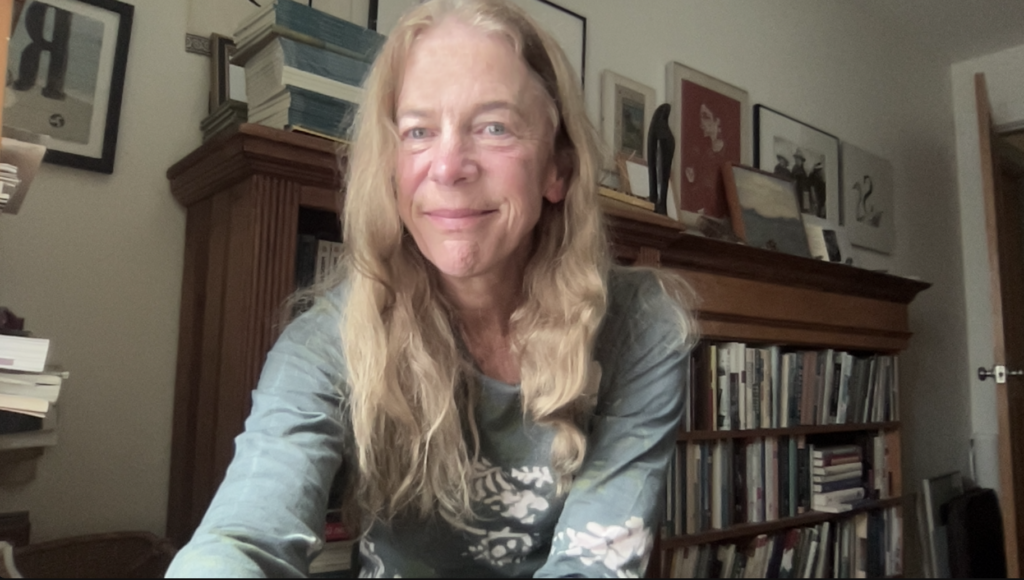Back in 2016, many Americans suddenly developed a widespread fascination with the Danish concept of hygge, defined as “a quality of coziness and comfortable conviviality that engenders a feeling of contentment or well-being.” Denmark routinely ranks among the world’s happiest countries, so obviously the Danes were onto something. As citizens of a country that consistently ranks far lower on the happiness index, we wanted what they were having.
Because there is no direct English translation for hygge (alternately pronounced “hoo-guh” or “hue-gah”), we non-Danes came up with our own interpretation and set out to hygge-ify our lives. We bought ourselves fuzzy socks, fairy lights and furry blankets from the many shopping sites hawking hygge wares. We chronicled our coziness on Instagram while sipping steaming beverages from stark Scandinavian mugs by candlelight. We hashtagged eagerly: #Hygge, #HyggeHome, #HyggeLife.
But according to authentic hygge practitioners, we imitators had it all wrong. As it turns out, hygge in its true form has nothing to do with either consumerism or narcissism.
“It’s spending quality time with loved ones, being present, engaging, and listening. It’s taking care of yourself and creating an environment you can relax in,” Miek Wiking, author of international bestseller The Little Book of Hygge, and CEO of The Happiness Research Institute, told Fodors.
“The essence of hygge is embracing the small things in life that matter. Hygge is about the now: how to enjoy the moment and make the best of it.”
In other words: stop buying stuff and step away from the ‘gram. That’s not hygge.
In the years since its 2016 peak, hygge has been declared, among other things, “so last year,” “evil and unhealthy,” and “complicit with the rise of xenophobic populism,” by various publications. But despite the inevitable backlash, hygge has retained its popularity, both as the commercialized lifestyle trend it became, and, to the Danes, the way of life it always was.
That hasn’t stopped trend watchers from seeking out wellness terms from around the world primed to become “the next hygge.” While the U.S. has no homegrown equivalent, many cultures have their own version of the “happy life” concept. We’ve included a few examples below, along with recommended reading for added inspiration.
Ikigai + Wabi-Sabi
Japan has ikigai, the Japanese tradition of finding a purpose in life, which loosely translates as “a reason for being.” Many believe ikigai is the key to Japanese longevity. Also from Japan: wabi-sabi, “the view or thought of finding beauty in every aspect of imperfection in nature.”
Ikigai: The Japanese Secret to a Long and Happy Life, by Héctor García and Francesc Miralles
Wabi Sabi: Japanese Wisdom for a Perfectly Imperfect Life, by Beth Kempton
Còsagach/Coorie
Scotland has còsagach, “an old Gaelic word for the feeling of being snug, sheltered or cozy,” per VisitScotland; as well as coorie, a Scottish word that traditionally means “to stoop, bend, cringe, crouch for protection,” but has evolved to evoke cozier imagery, at least in certain circles. (Some Scots refuse to acknowledge this so-called lifestyle trend.)
The Art of Coorie: The Scottish Way to Live Well, by Gabriella Bennett
Ubuntu
Many African countries have ubuntu, a philosophy described by President Barack Obama in his eulogy for former South African President Nelson Mandela as a “recognition we are all bound together in ways that can be invisible to the eye; that there is a oneness to humanity; that we achieve ourselves by sharing ourselves with others, and caring for those around us.”
Everyday Ubuntu, by Mungi Ngomane
Nunchi
South Korea has nunchi, defined by author Euny Hong as “the subtle art of gauging other people’s thoughts and feelings in order to build trust, harmony, and connection.” Nunchi is believed to play a large role in happiness and success, while helping to improve and enhance many aspects of life.
The Power of Nunchi: The Korean Secret to Happiness and Success, by Euny Hong
Lagom
Sweden has lagom, defined as “not too little, but not too much.” It’s all about finding the right balance in life, while observing sustainable habits that can be maintained. There’s an emphasis on fairness, and a loathing of waste.
Lagom: The Swedish Art of Balanced Living, by Linnea Dunne




